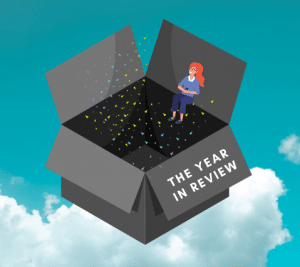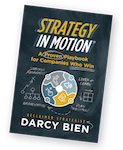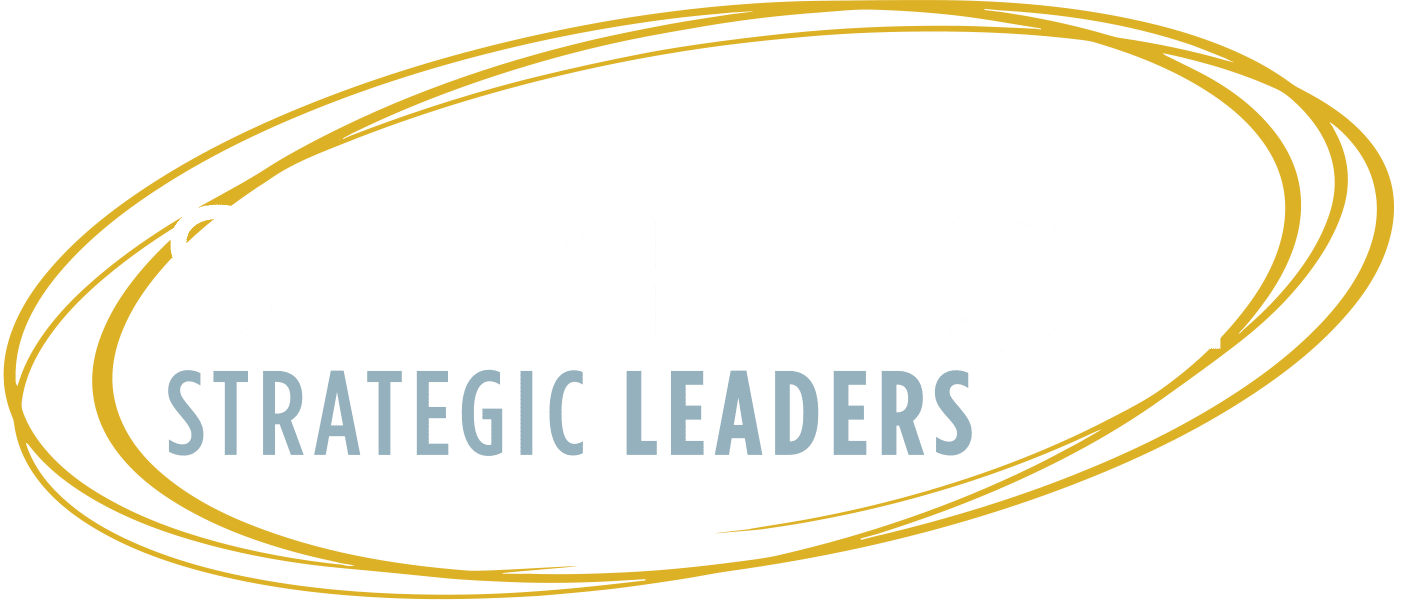The new year always makes me reflective for what has been and anticipatory of what can be. It is a beautiful rite of passage to have a 365-day blank slate we can ritualistically mark with self-improvement goals.
I love the opportunity to put myself in what I call my “little black box.” I imagine myself as tiny, in a contained space, to objectively observe from a distance:

- Am I who I want to be in life?
- As I watch myself over the course of the last year, did I do things that tell the story of who I am?
- How did I spend my time and money (especially in a Covid world)?
- Do I like myself?
With this perspective, I color code my calendar by how much energy and excitement I feel for the types of things I spent time doing. I already keep my calendar color coded by type of work, and observe how balanced I was on spending time with friends, building the business, hobbies, etc. A couple of surprising things stood out to me:
I did not do as many creative things in 2020.
This shocked me because art and metalsmithing are my major hobbies, I love them! In reflection, I think Covid left me feeling a bit uninspired.
The other thing that was screamingly apparent: the value I put on teamwork.
A positive by-product of Covid is the clarity that comes from not being so physically busy all the time. It brought me full circle to work I did at P&G 30 years ago. Training people to work on teams is by far the most energizing work and time that I spend. I think I lost sight of how much fun teamwork is.
I’ve taught high-performance teamwork for so long it seemed too old hat to me to regard it as important; actually, though, it has become SO important this year as we deal with working remotely in a virtual world. If I ask you right now to think about the difference in working at home and at the office, you may not say you miss teamwork – it’s sort of an intangible thing that was just “there.”
But was it really happening? When I ask people to share a story about a time they were on a winning team, many go back to adolescence and recount a sports team experience. It was a traditional set-up of coach, roles on the team, and a scoring system to determine success.
When people can tell me about a career-based team where they had a successful series of wins, they have a distinct tone of voice, a glimmer in their eyes, and unbridled enthusiasm. On occasion I will even have someone refer to their current team and how successful they have been learning to work together. Unfortunately, that is rare.
The synergy of teamwork and Belgian draft horses.
There is an old story about the synergy of teamwork and Belgian draft horses. I looked it up to see if it’s true, or just another story about a poor frog someone supposedly boiled in a pot to test its tolerance level. The story goes: One horse can pull 800-1000 pounds. But, two horses can pull three times the weight of what the single horse can pull.
And, when Belgian draft horses are raised and trained together, they can pull four times the weight of a single horse. FOUR times. Dang!
What if we can do that in business teams?
What if that is your New Year’s Resolution? Build a Team. Put Strategy in the cart and Gee Haw! (remind me to tell the story about a friend getting tossed out of a truck when he yelled Gee and Haw at his wife while driving). We can pull with less burden and still carry more as a team.
I think about this at the most basic level. Remember the saying that “many hands make the job go faster?” Most of us have experienced those magical moments when a team is trained to work together and operate in a systematized, succinct manner. It is a powerful experience. The power of it being measured (as with the horses) simply reiterates the truth of Team Power.
Ready to make your great team even greater? I’m teaching a free webinar on High Performance Teams in a Virtual World on February 2nd. Click here to register.
Like the Belgian draft horses, our ability to train and practice as a team is the critical element of building capacity through teamwork. WE don’t just naturally become a team. We learn the structure and we understand each area. When we do this, there are many benefits.
On a team, we have the ability to work with accountability, autonomy, and authority.
The Accountability is clear because we know our Role and have a clear commitment to the team for what we are responsible to deliver. I know what I deliver, I know what you deliver, and I know how we interact. If I don’t uphold my responsibility, a healthy team will allow for accountability to come from anyone at any level. It is not our manager’s responsibility to follow-through on commitments – it is my responsibility.
The owner of the Role has Authority to make decisions regarding their accountable commitment. The individual will be measured on the outcome and needs to be able to lead decisions. The team acknowledges the person as the Single Point of Contact (SPOC) for a specific category of work. This is the SPOC’s area and role and cannot be shared or overlapped by another person or a High-Performance Team (HPT).
A key question I often receive at this point is what if two people have the same role? On an HPT this would not happen. Each person would have a specific Role unique to them and have the authority to do the work that needs to be done. The Team and Leader would agree to the strategy and goals, the information would be openly shared with the team, and the person has the authority to fulfill this specific role. They may delegate work to others, but the delegation would include specific roles/outcomes as well. When something comes up in this area, they have the Authoritative power to move forward in their area of expertise.
Autonomy is the connector that holds Accountability and Authority together. Without autonomy, the person can get frustrated and not feel trusted to do their work. To be clear, the Leader must make sure the agreements are in place about what is expected. The person holding the Role must be able to freely pursue accomplishing the goal. Without autonomy, many things can go wrong – including a breakdown of the ability to provide timely follow through, maintain trust, and meet deadlines. Autonomy does not mean working in a silo. It involves a high level of interaction and communication. As SPOC, you own the outcome and will be measured by your success.
There is power in clearly defined roles having Accountability, Authority and Autonomy. It takes practice to quadruple the output of a team through synergistic behavior. Clear Roles are one of the critical elements.
Join us for a free webinar on February 2, 2021 to learn the other 5 critical elements of High-Performance Teams and how it is imperative we master them as we work in a virtual world.


